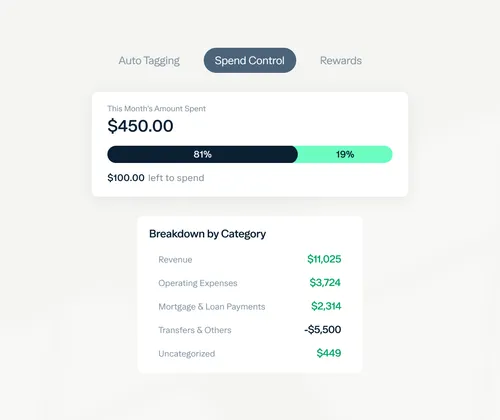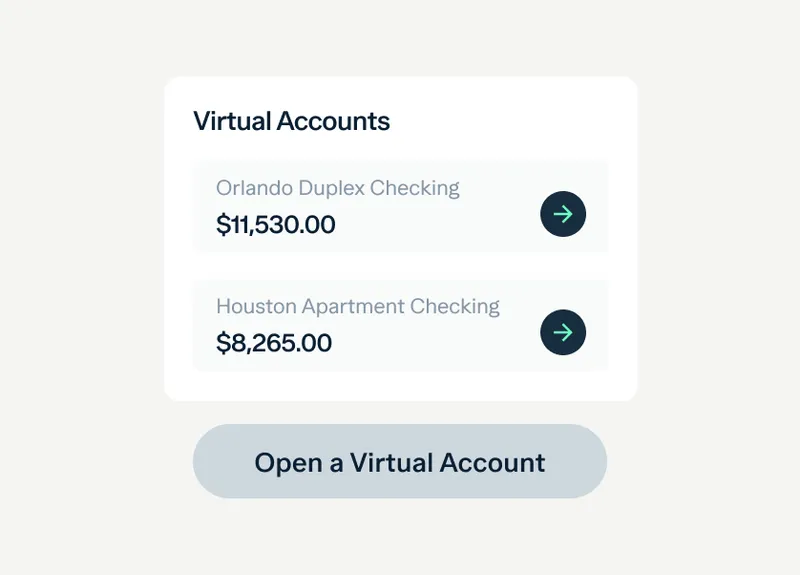In Wisconsin, no legal limit applies.
Security deposit rules in {{ state }}
Limit: In Wisconsin, there is no statutory limit on how much a landlord may charge for a tenant security deposit. Most landlords typically collect an amount equal to one month’s rent, though the tenant deposit can vary depending on the tenant’s credit history, rental background, or risk factors such as pet ownership. The total amount must be clearly stated in the lease or rental agreement. It is considered best practice to hold funds in a dedicated security deposit bank account in Wisconsin to ensure proper record-keeping and compliance with rental regulations.
Return Deadline: The landlord must return the tenant security deposit, along with an itemized written list of deductions, within 21 days after the tenant vacates the rental property and provides a forwarding address. If the landlord fails to return the tenant deposit or issue the required documentation within this period, they may forfeit any right to withhold funds and could be liable for double the amount wrongfully retained, plus court costs.
Acceptable Deductions: The tenant security deposit may be used to cover unpaid rent, late fees, damages beyond normal wear and tear, cleaning costs, unpaid utilities, and expenses required to restore the property to its move-in condition. Routine wear and tear or cosmetic issues cannot be deducted. The landlord must provide receipts, invoices, or repair estimates to substantiate any deductions from the tenant deposit.
Where to Deposit: Wisconsin law does not require landlords to place tenant deposits in a separate or interest-bearing account. However, landlords must provide tenants with a receipt when collecting the deposit and maintain proper documentation throughout the tenancy. While no specific security deposit interest rate applies, using a security deposit escrow account in Wisconsin or a landlord tenant security deposit bank account in Wisconsin is considered best practice to prevent commingling of funds and ensure transparent, compliant management of tenant deposits.










